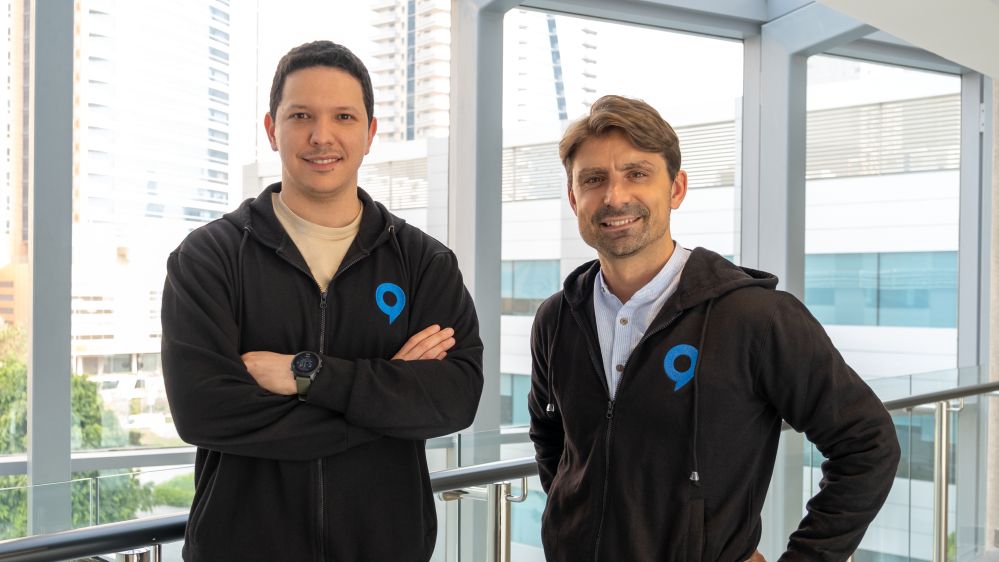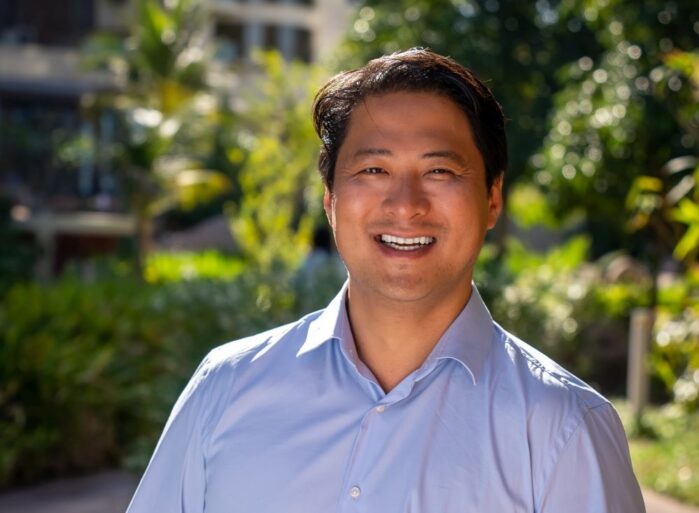Deliverect, a SaaS business that streamlines the online ordering process for restaurants, has acquired ChatFood, a startup offering digital tools to improve the dine-in experience and enable consumers to order food directly through social media apps.
Terms of the deal were not disclosed.
Founded in Ghent, Belgium, in 2018 by Zhong Xu (CEO), Jan Hollez (CTO), Jelte Vrijhoef (CIO) and Jérôme Laredo (president), Deliverect has raised almost $250 million to date from backers including Coatue Management and Alkeon Capital Management.
With operations in 42 markets, Deliverect serves 40,000+ locations from Taco Bell and Burger King outlets to mom & pop restaurants and convenience stores. It integrates online orders made via third party apps such as Uber Eats and Door Dash with clients’ core POS (point of sale) and ERP (enterprise resource planning) systems.
This enables restaurants to reach new customers, cut labor costs as staff are not needed to input online orders into a POS system, and reduce errors from having to manually input orders from third party sites into their POS system, claims the firm. Data analysis tools from Deliverect are also helping companies analyze trends and optimize menus and pricing.
ChatFood — founded in the United Arab Emirates in 2019 by Benjamin Mouflard and Vinicius Rodriques — serves 3,000+ venues primarily in the Gulf region. Its software enables consumers to order food directly through social media apps and improve the dining-in experience via tools enabling diners to order and pay at the table.
Higher average order size, higher tips
Rather than simply providing links from social media to Uber Eats or a restaurant chain’s e-commerce site, ChatFood enables users to stay on the social media platform they are on, order food, and directly engage with the provider through that platform, Deliverect CEO Zhong Xu told AFN.
“So you’re not just placing your order on WhatsApp, you’re messaging the restaurant on WhatsApp, and ChatFood has seen that this connection with the end customer is delivering higher average order sizes and higher tips.”
He added: “A lot of people discover new foods and restaurants on Instagram or other social platforms today so it makes sense that a restaurant can sell on these platforms and connect with customers at any point in their journey.”
ChatFood has also developed tools to improve the dine-in experience with custom QR codes for menus, ordering, bill management, and payment at the table, which Delieverect will be rolling out in the coming months, said Xu.
“We see what ChatFood is doing as very complimentary as they have a strong product and we have a global distribution network. We plan to launch it first in Europe and Australia and then in the US, Canada and other regions in our ecosystem in Q3.”

Revenues have doubled over the past year
Xu would not share any numbers but said that Deliverect doubled revenues over the past year and has a clear path to profitability. From Taco Bell and Burger King to Krispy Kreme in Latin America, and KFC in France, restaurants are its core clients. However, it is also working with convenience stores and consumer products companies such as Unilever, said Xu, who is now based in New York.
“The US side has been growing the quickest and more than 30% of our business is in the US now, which is why I moved here.”
Meeting consumers where they are
Consumer appetite for food delivery is still strong despite high inflation and the fact that COVID is moving into the rear view mirror in some markets, he claimed.
“We see a lot of growth in food delivery, but not just from restaurants. So for example we’re working with One Stop [a UK-based convenience store chain owned by Tesco] so that people ordering milk or ice cream on platforms such as Uber Eats, can get these from their local One Stop store. We’re also working with Unilever on the Ben & Jerry’s ice cream brand.”
While large retailers or consumer products companies typically have in-house e-commerce platforms, consumers are not necessarily visiting these sites directly, he said. “Companies can try and push people to their own websites, but they need to be everywhere that their customers are, whether it’s on Uber Eats, Door Dash, or WhatsApp.”




